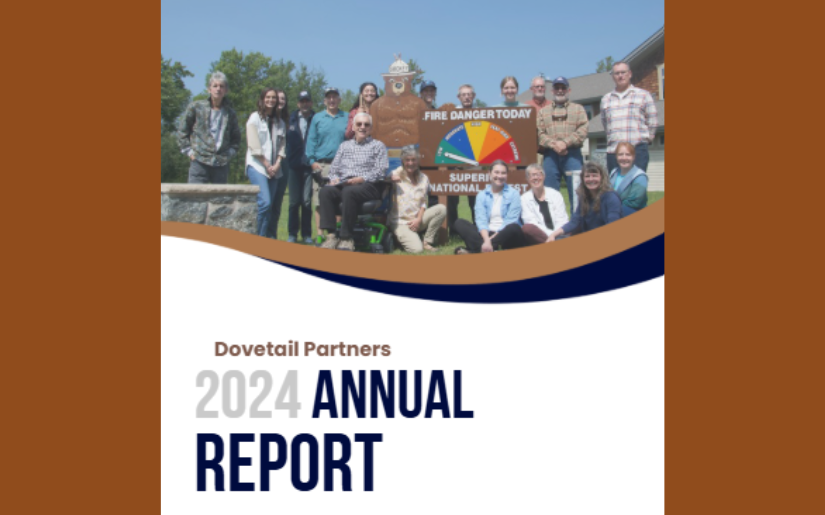How are we doing compared to other nations?
Surveys of a wide variety of groups over a 15-year period have shown substantial misconceptions regarding the extent to which waste paper is collected and used in the manufacture of paper and paperboard within the United States. Responses have consistently shown pervasive and substantial underestimation on both counts. For example, in one survey involving almost 2,000 college students at eleven major universities, 71 percent of respondents estimated U.S. recycled paper production to be less than one half of what it really is, and 45 percent estimated it to be one-fifth or less of actual. Subsequent surveys, including one comprehensive statewide survey of Montana residents, have yielded similar results.
The U.S. has a long history of paper recovery and reuse. Today, paper and paperboard collection and reuse rates in the United States are 50% and 37%, respectively, with both numbers representing record or near record levels for the nation. While comparison of these numbers to those of other technologically advanced nations can be misleading, it is clear that the U.S. lags behind a number of other developed nations in paper recovery for recycling. However, the differences are considerably less than perceived by the general public. Moreover, recent gains in domestic paper recovery and reuse are narrowing the gap between the U.S. and other nations.
Recycling technology improvements are ongoing and are likely to translate into increased rates of fiber recovery and reuse. Such increases will help to blunt harvest pressures on domestic and global forests, but, in light of ever increasing consumption, recycling efforts alone are unlikely to significantly reduce the current level of consumption of virgin fiber.
- Lead AuthorBowyer
- DateApril 2005
- CategoryConsumption, Environmental, Forest products, Waste
- Project FileDownload

.png)
.png)



